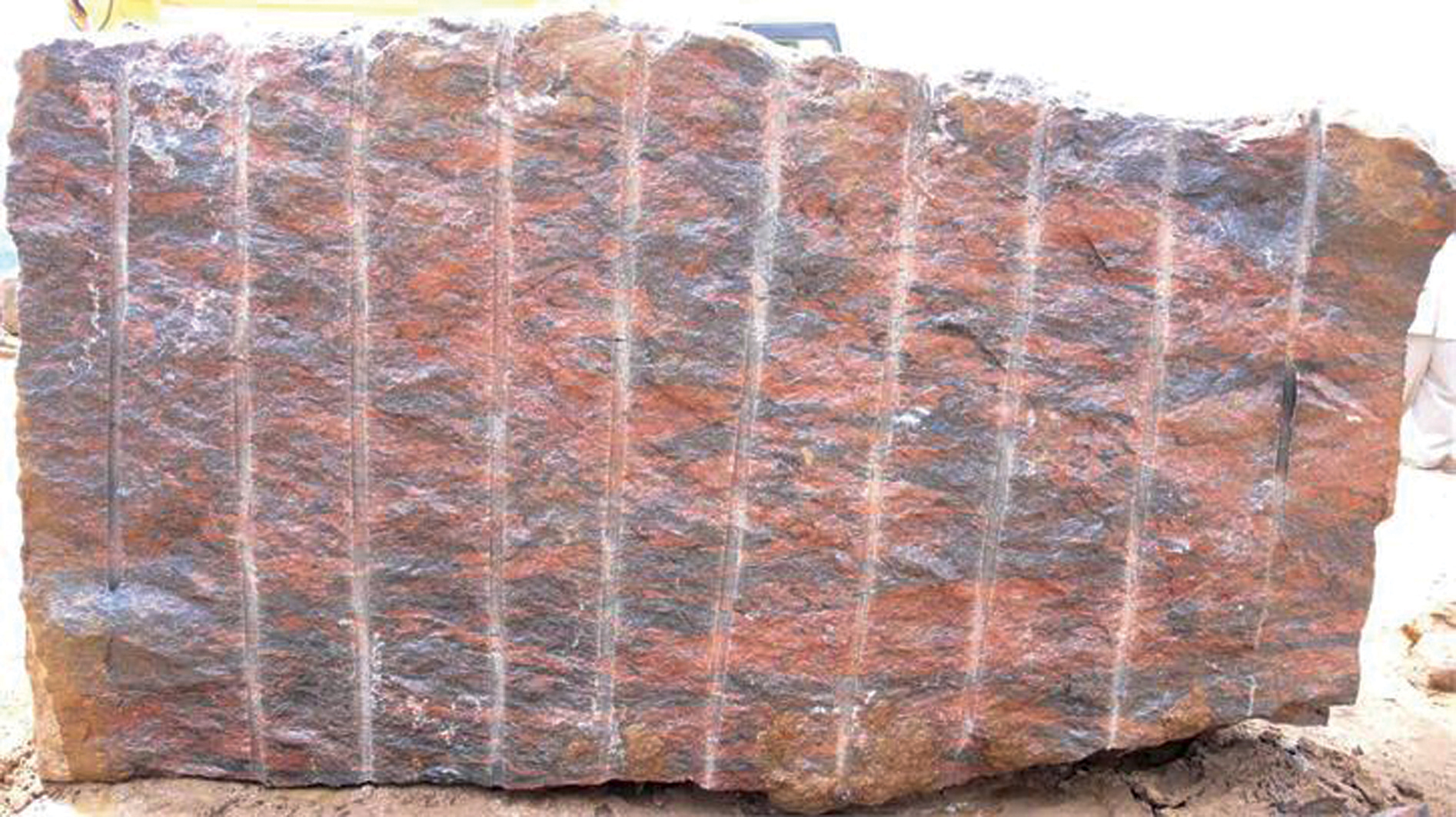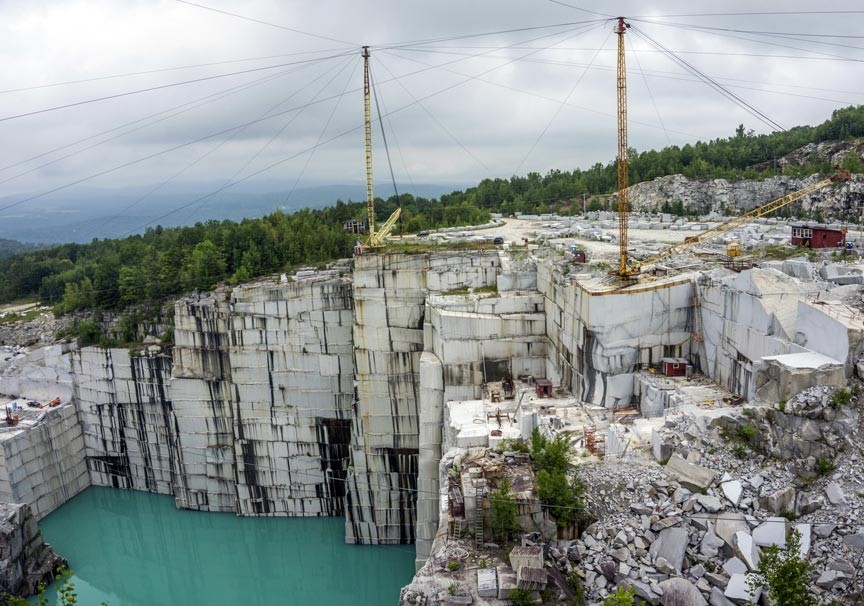Unlocking Natural Treasures: Granite Quarries in South Africa Introduced
Unlocking Natural Treasures: Granite Quarries in South Africa Introduced
Blog Article
Discovering the Rich History and Lasting Practices of Granite Quarrying
As we depend on the precipice of discovering the complex tapestry of granite quarrying, a trip through time exposes not simply the physical act of drawing out rock but likewise the cultural and historic importance woven into the very material of this practice. From the ancient beginnings that laid the foundation for modern-day quarrying techniques to the sustainable practices that are forming the future of this industry, each carve mark on granite surface areas narrates waiting to be uncovered (granite quarries in south africa). The tradition of granite quarrying stretches far beyond plain extraction; it is a testimony to human resourcefulness, durability, and the long-lasting appeal of this majestic rock
Old Origins of Granite Quarrying
Dating back to ancient civilizations, the technique of quarrying granite has actually been an integral part of human history and architectural innovation. The earliest proof of granite quarrying go back to old Egypt, where huge pyramids and elaborate sculptures were crafted from this durable rock. The Egyptians used primitive devices to extract granite blocks from quarries, showcasing the value of this material in their huge buildings.
Moving on in history, the Greeks additionally made considerable payments to the quarrying of granite. The Greeks used granite in various architectural wonders, such as holy places and statuaries, showing their skill in shaping and carving this sturdy stone. The Romans additionally fine-tuned the methods of quarrying granite, employing advanced tools like knives and hammers to extract and shape granite for their renowned frameworks.
Through the centuries, the practice of quarrying granite has developed, with contemporary innovations boosting efficiency while preserving the classic allure of this natural rock - granite quarries in south africa. From old civilizations to modern contractors, the legacy of granite quarrying remains to form our globe
Development of Quarrying Methods
The development of quarrying methods has actually been marked by a continual progression in the direction of higher effectiveness and accuracy in drawing out granite. From the basic approaches employed by our ancestors to the advanced innovations used in modern quarrying procedures, the market has actually undertaken substantial innovations. Early quarrying methods included hands-on labor with standard tools such as knives, hammers, and wedges to draw out granite blocks from the planet. As civilizations progressed, strategies like fire-setting and primitive dynamites were presented to promote the removal process.
In more recent times, the development of machinery changed the quarrying market, enabling faster removal rates and increased productivity. Technologies such as ruby cord saws, high-pressure water jets, and pneumatic drills have become common in modern quarries, enabling precise cutting and lowered waste. Innovations in computer-controlled equipment and 3D modeling have enhanced quarrying procedures, leading to marginal ecological impact and enhanced sustainability practices. As the need for granite proceeds to rise, the evolution of quarrying techniques stays indispensable to meeting industry requires effectively and sustainably.
Cultural Significance of Granite
Granite holds a profound social significance throughout various civilizations due to its enduring existence in building a knockout post masterpieces and admired monoliths. From the majestic pyramids of Egypt to the intricate makings of the Angkor Wat temple in Cambodia, granite has actually been a product of choice for sharing splendour and long life in cultural heritage. In ancient Rome, granite columns adorned holy places and public structures, symbolizing stamina and durability. The cultural value of granite extends past its physical qualities; it symbolizes durability, stability, and timelessness, making it an icon of sustaining legacies and practices.

Lasting Practices in Quarrying
In the middle of the abundant background of granite quarrying and its cultural importance lies an expanding focus on lasting practices within the market. As environmental understanding and concerns concerning resource deficiency have actually heightened globally, article the quarrying field has actually significantly embraced sustainable approaches to decrease its effect on the atmosphere and surrounding neighborhoods.

Additionally, reclamation and rehab of quarry websites post-extraction are integral to lasting practices. By recovering quarried locations to a natural or advantageous state, such as producing wild animals habitats or leisure areas, quarriers can counter the environmental impact of their procedures and contribute favorably to the neighborhood ecological community.
Tradition of Granite Quarrying
With a historical backdrop soaked in craftsmanship and industrial development, what sustaining influence has granite quarrying left on the landscape of contemporary society? The heritage of granite quarrying transcends simple removal techniques; it has actually formed building wonders, city landscapes, and cultural heritage worldwide. The long lasting nature of granite has actually made it a favored selection for monuments, structures, and infrastructure, standing as a testament to the skill and virtuosity of quarry employees throughout generations.
Additionally, the economic impact of granite quarrying can not be ignored. The sector proceeds to give job opportunity and drive local economic climates in regions where granite removal prevails. It has actually likewise spurred check that technological developments in quarrying techniques and equipment, resulting in extra effective and sustainable techniques.
In regards to sustainability, the heritage of granite quarrying consists of initiatives to minimize environmental influences via reclamation projects and accountable resource monitoring. By balancing economic interests with ecological stewardship, the industry aims to ensure that future generations can proceed to benefit from this long-lasting all-natural source.
Verdict

Report this page